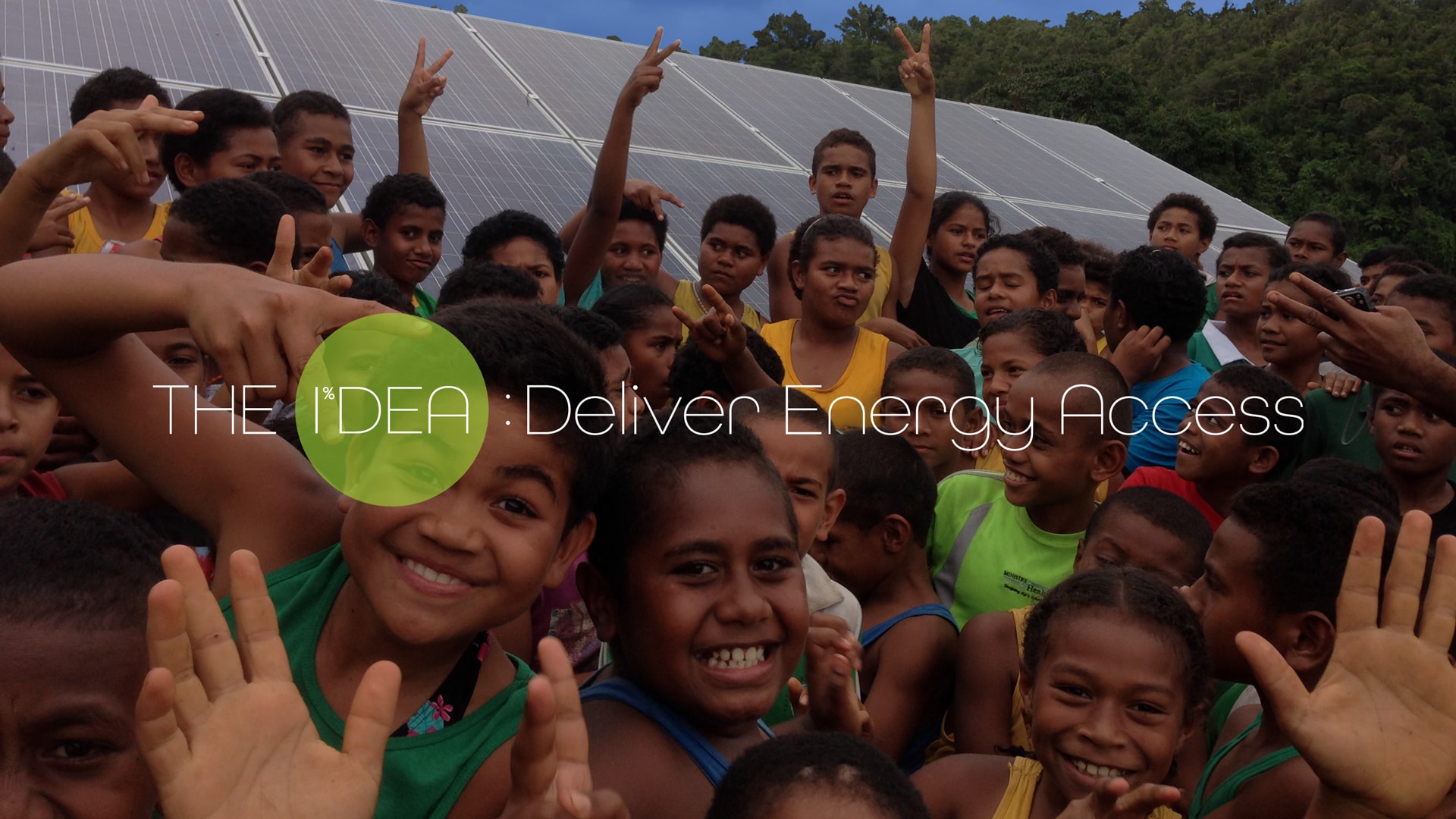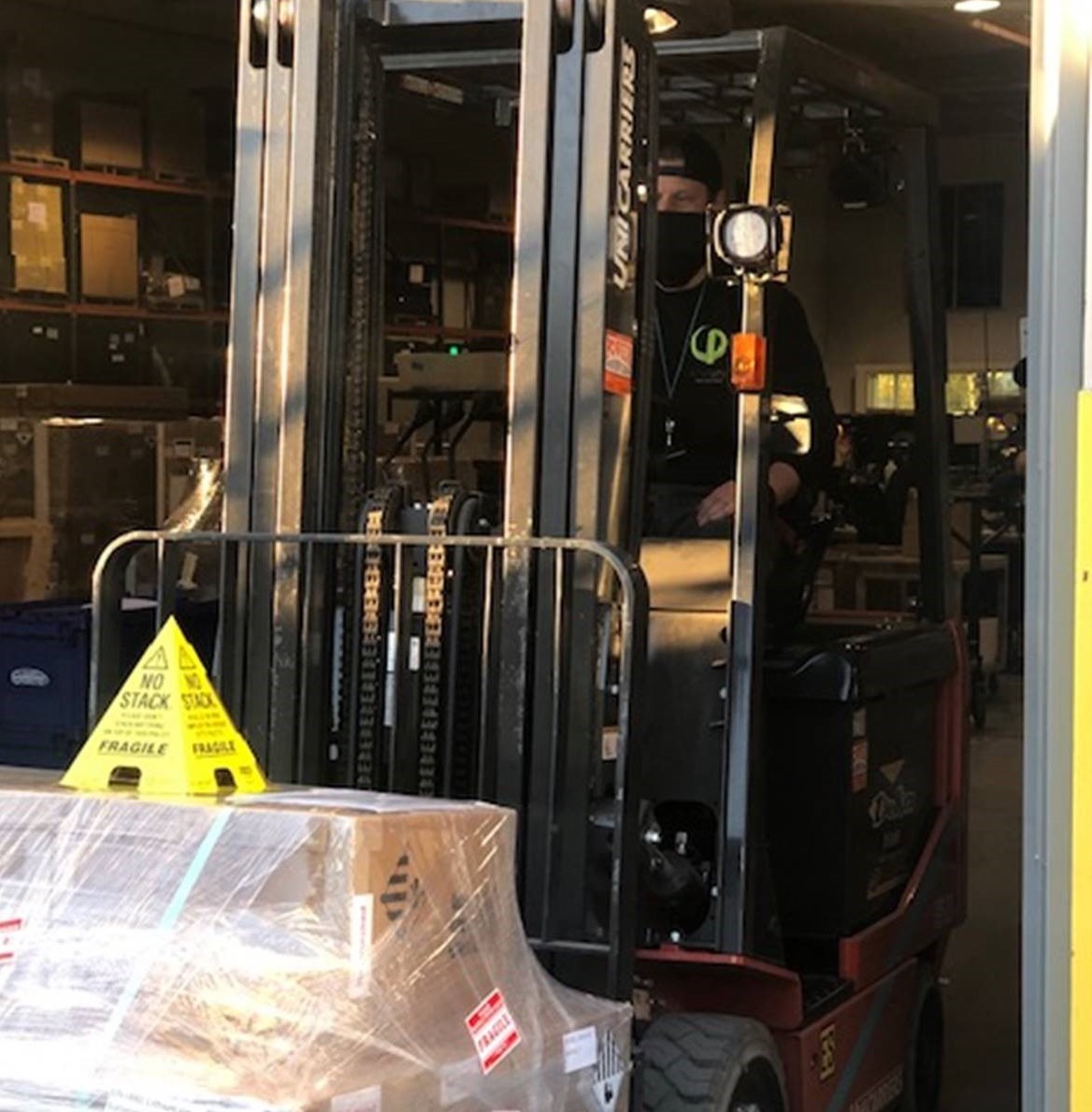How do electric grids that were state-of-the-art in the 19th Century remain stable and resilient through 21st Century climate disasters and other problems? They don’t, says Catherine Von Burg, CEO and co-founder of distributed battery energy storage company SimpliPhi Power – but giving people the power to be independent can be a solution fit for the future.
When Winter Storm Uri descended on Texas and paralysed the state’s infrastructure, millions of people were endangered, exposed to frigid temperatures and without power and water as the state’s electric grid failed.
The storm once again laid bare the deficiencies of a top-down grid reliant on centralised generation and transmission with antiquated infrastructure. Vulnerable to disruption across thousands of miles of poles and wires, slow to adapt, and built according to outdated assumptions – our electric grid is a 19th century engineering marvel that is woefully ill-prepared for 21st century challenges.
Try Premium for just $1
- Full premium access for the first month at only $1
- Converts to an annual rate after 30 days unless cancelled
- Cancel anytime during the trial period
Premium Benefits
- Expert industry analysis and interviews
- Digital access to PV Tech Power journal
- Exclusive event discounts
Or get the full Premium subscription right away
Or continue reading this article for free
Nearly 50% of all generation in Texas – more than 350 individual assets – failed during the storm, and significant portions of grid infrastructure were knocked out by ice and wind. Restoring the electric grid and weatherising equipment to withstand atypical polar temperatures will require billions of dollars of investment, all borne by Texas ratepayers in the coming decade. But simply repairing the electricity network to its pre-storm condition is insufficient in the face of the accelerating climate crisis and the changing needs of electricity consumers.
To improve system resilience for extreme conditions – and to prepare for future dynamic energy needs – we must think smaller, more agile, and more localised. Deploying distributed energy resources (DERs), like on-site energy storage and solar is a no-regrets, cost-effective strategy for creating resilience for critical utility infrastructure as well as homeowners, businesses, and communities. DERs provide a wealth of capabilities that benefit the wider grid, increasing flexibility to adapt to immediate conditions and emerging system demands.
During the blackouts in Texas and throughout the region, distributed energy resources located at the customer site, whether residential, commercial, medical, or educational, were essential and the only means to keep the lights on and critical operations up and running, providing safety and security for those fortunate enough to be prepared. These customer-sited resources and microgrids serve as a glimpse into a more resilient grid where individual buildings and communities are increasingly self-reliant when the utilities fail – secure today and prepared for tomorrow.
Risk is intensified when your energy comes from one wire
This disaster was entirely predictable, and warnings about possible catastrophic grid failures from the Texas Public Utilities Commission, as far back as 1989, have gone unheeded.
When temperatures plunged, ‘reliable’ fossil fuel plants were incapacitated as equipment froze, icy conditions took out power lines and substations, large wind turbines iced over, and competing demands for natural gas sent prices skyrocketing and left many power plants without any fuel to burn. Grid operators admitted that they were minutes away from a total system failure which could have taken weeks to recover from as the system was unable to adapt to worsening conditions.
The grid as it is designed today is riddled with failure points. A hub-and-spoke system that relies on a limited pool of large, centralised power plants that deliver energy through a network of poles and wires means homes and businesses are inherently vulnerable to outages. When sizeable generation assets go offline for any reason – or one wire is impacted by ice, wind, tree branches or even squirrels – hundreds to even millions of customers are cut off from life-sustaining electricity.
The resilience solution? Distributed and customer-sited energy in the form of batteries and on-site generation. Home to home. Business to business. Hospitals, schools, and community hubs. Like storing food and water for the next emergency, energy can be generated (rooftop solar) and stored (battery) on site, empowering people to become energy secure during the next grid failure.
By having energy available on-demand, not only when but also where it is needed most, distributed energy assets are able to skip the weakest link in our energy network – miles of poles and wires. The energy is generated and stored right where it is needed, creating critical reserves to protect people and their communities. When we install distributed assets like microgrids, rooftop solar, and on-site batteries, no one point of grid failure can put whole communities at risk of being disconnected, much less topple the entire system.
Distributed resources also increase system flexibility and efficiency and give grid operators new tools to better manage changing consumer demands. New applications like power-hungry data centers and high-tech manufacturing, widespread adoption of electric vehicles, two-way power flows, and our increasingly digital lifestyles put new strains on a centralised system not designed to handle energy-intensive and constantly fluctuating demands at the grid’s endpoints. DERs can operate independently to manage these shifting demands for a single building or work in aggregate to support day-to-day grid functionality and better integrate dynamic demands and intermittent resources.
DERs are also shown to be the most affordable pathway to economy-wide decarbonisation – which is essential to mitigating the worst impacts of climate change. A recent study showed that deploying 247GW of local rooftop and community solar along with 160GW of local energy storage is the most cost-effective way for the United States to transition to a clean energy system by 2050, while saving consumers up to US$473 billion on electricity and infrastructure costs.

DERs kept communities safe throughout the region
When infrastructure failed, the entire region was impacted, and it quickly became clear just how desperate the situation would become. DERs played a tangible role in mitigating the impacts of widespread blackouts on communities in Texas, Oklahoma, Louisiana, and Northern Mexico.
Working alongside the innovative team at Footprint Project, SimpliPhi Power fast-tracked a donated pallet of PHI batteries to provide critical back-up power to aid relief efforts in Texas. The batteries were combined with solar panels to create mobile solar-plus-storage systems that helped first responders and communities in Dallas, Fayette County, and other hard-hit parts of Texas as recovery efforts unfolded. These assets will continue to power communications equipment, remote charging, and refrigeration for first responders, partner relief organisations, and community mutual aid groups throughout the state.
Similarly, in Northern Mexico where more than 500,000 lost power, SimpliPhi and Footprint Project also collaborated on a clean energy microgrid that powers the COVID-19 clinic at the Matamoros Migrant Camp of 3,000 asylum seekers living at the border.
These high-impact projects with local communities reinforce the value of DERs. As a company driven by an integrated bottom line, we measure our success by the positive impact our energy storage solutions have on the world – both for people and planet.
We created the IDEA: Deliver Energy Access as a platform to formalise our commitment and pledge 1% of our annual revenue to help communities around the globe secure access to resilient energy storage and renewable power. The IDEA creates a clearinghouse for both donor resources and project recipients, where for-profit and non-profit partners can coordinate donations and requests to meet critical needs.
SimpliPhi Power’s distributed energy storage solutions, wherever they are deployed and with whatever generation assets, keep power flowing and communities safe throughout emergencies, creating resilience for the next grid failure, and additional clean energy benefits and capabilities year-round.

What comes next is up to us
Working to address immediate health and safety needs is just the beginning of the region’s recovery from this devastating winter storm. What comes next, and how state regulators and legislators respond to this disaster, will determine how well the state is prepared for the next climate-fueled catastrophe.
Texans, not the utilities that failed to invest in necessary infrastructure upgrades, will be paying for this crisis for decades. By throwing good money after bad at fossil fuel plants and centralised infrastructure, utilities continue to significantly increase the cost burden on ratepayers.
Reinvesting in the same top-down centralised equipment that continues to fail is effectively doing the same thing over and over while expecting different results. The only achievement will be a system ill-prepared to manage the growing challenges already evident today.
We have a choice to make.
We could spend significant amounts of money to shore up the rapidly deteriorating value and performance of 19th century centralised fossil fuel plants and failing infrastructure intended to deliver power. But the escalating climate crisis, mounting GHG emissions and increasing government mandates to reduce atmospheric carbon will likely require that they be shuttered soon anyway to meet critical climate targets.
Or we can invest in 21st century technology that creates customer-sited back-up power and on-site generation that protects our economy, is more resilient during grid failures and catastrophic climate events, and with the added benefit of daily cost savings to ratepayers and greater flexibility to integrate more clean energy.
DERs support a very necessary and fundamental shift towards a distributed energy network which is essential to creating resilience and protecting public health and safety from the next climate disaster. Our economy cannot continue to sustain the billions in losses incurred by power outages, planned or unplanned.
We have the tools, the track record, and the know how to deploy DERs en masse. Let us mobilise our deployment efforts, break down the market and regulatory barriers that slow DER adoption, and help ensure that the next climate disaster that strikes is an inconvenience and not a tragedy – both economically and humanly.
Cover image: SimpliPhi Power battery equipment at a pop-up COVID-19 clinic at a camp for refugees near the US-Mexico border. Credit: SimpliPhi Power.
